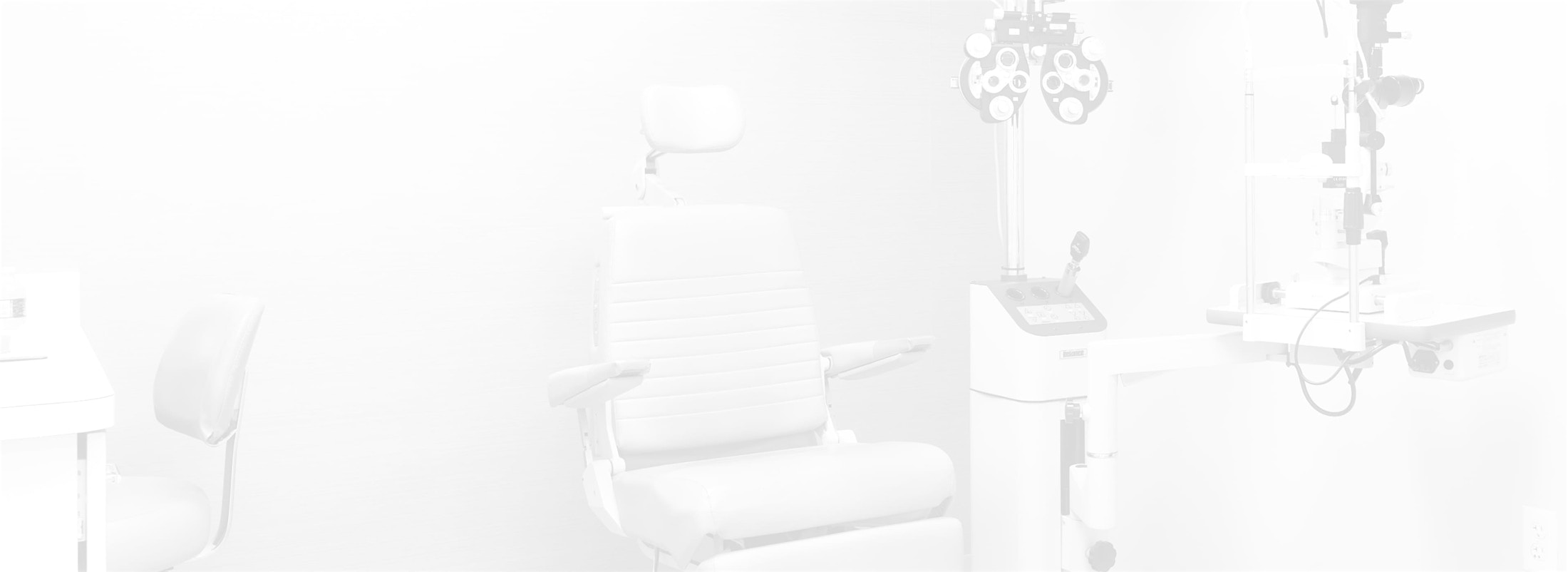If you’re interested in laser eye surgery, you may have heard about wavefront technology and wavefront eye mapping. But how exactly can wavefront mapping help you? Let’s explore how it can be used to get the best results possible from your LASIK procedure.
Wavefront Mapping to Properly Diagnose Unique Eye Problems
The wavefront mapping process involves using specialized equipment that sends a wave of light into the eye and measures how it is distorted as it passes through the optical system. By analyzing the distortions and irregularities in the wavefront, eye care professionals gain valuable insights into the specific visual issues affecting an individual. This high-precision data guides the development of custom treatment plans, enabling tailored solutions such as wavefront-guided LASIK, contact lenses, or customized eyeglass prescriptions. Wavefront mapping has improved the accuracy of vision correction procedures and paved the way for more personalized and effective treatments, ultimately enhancing the overall quality of patients' vision and eye health.





